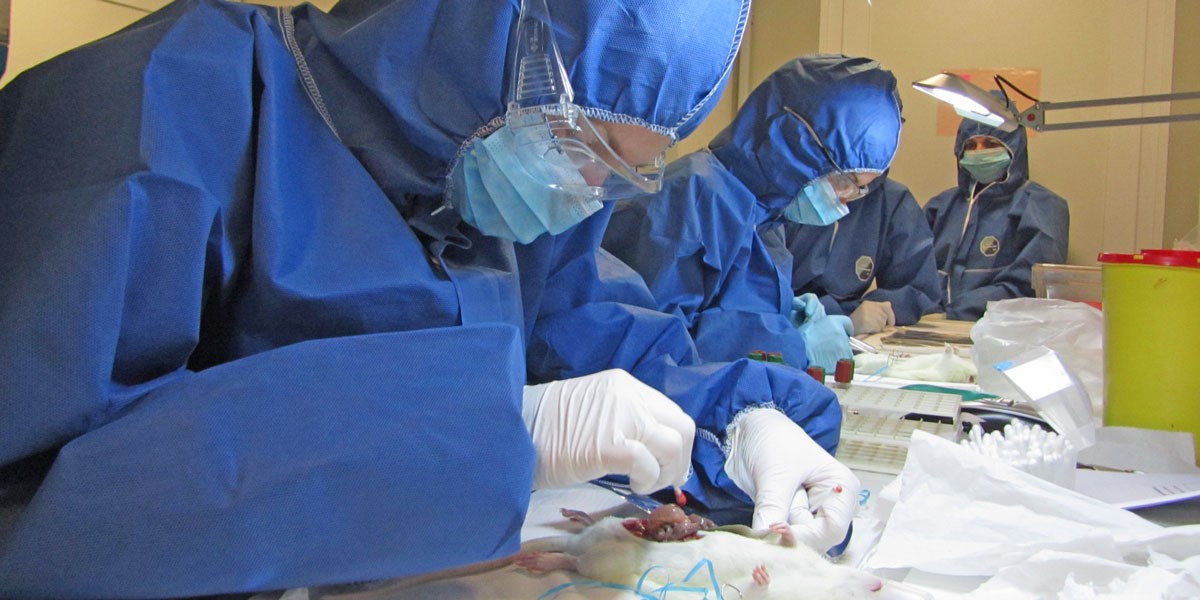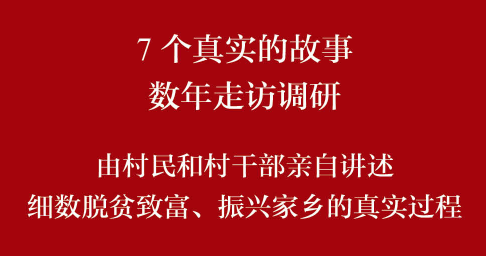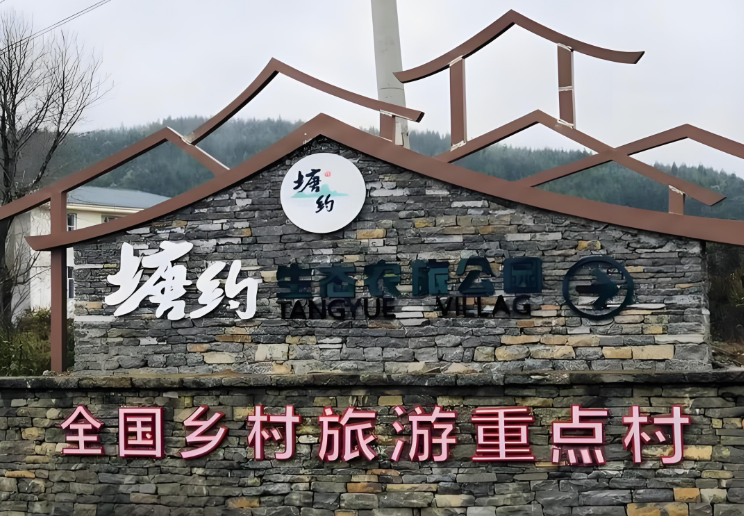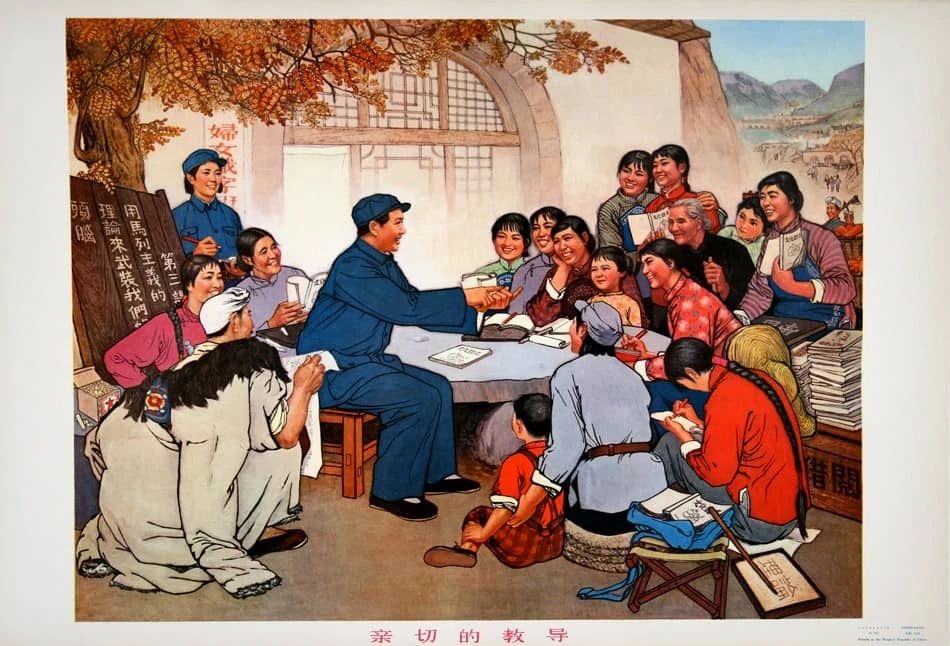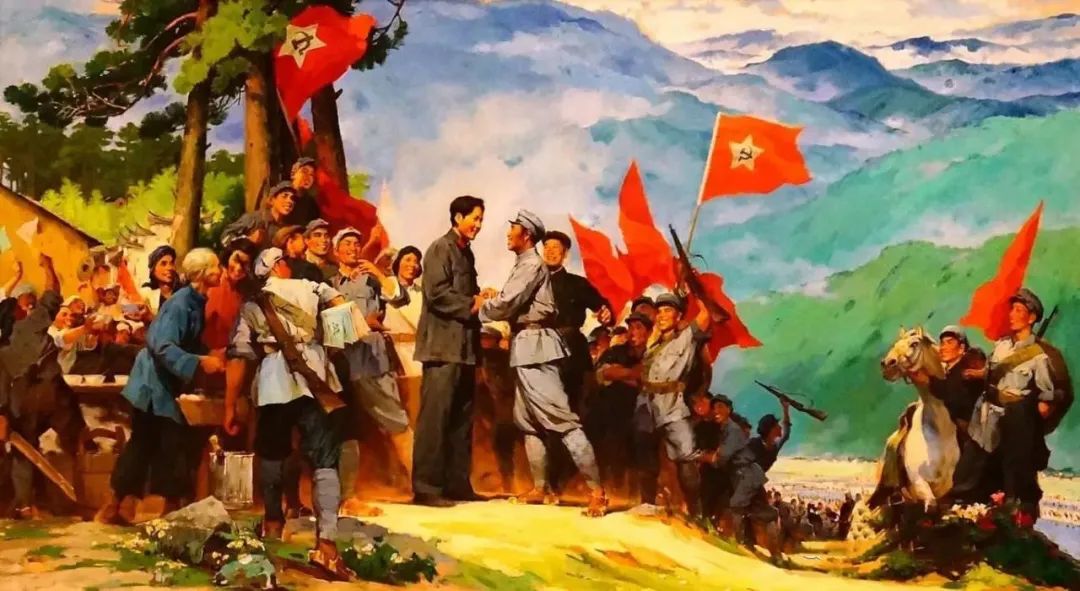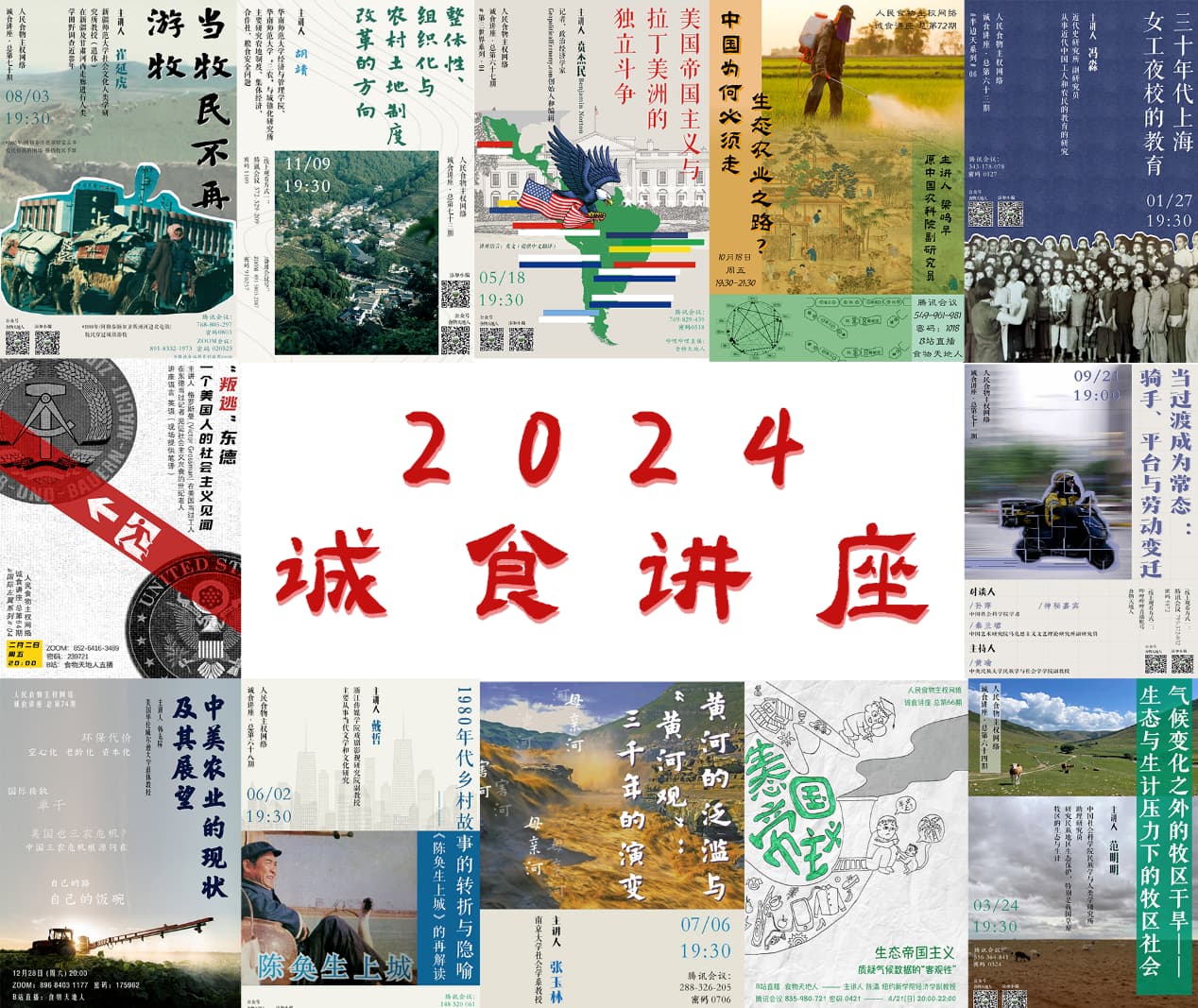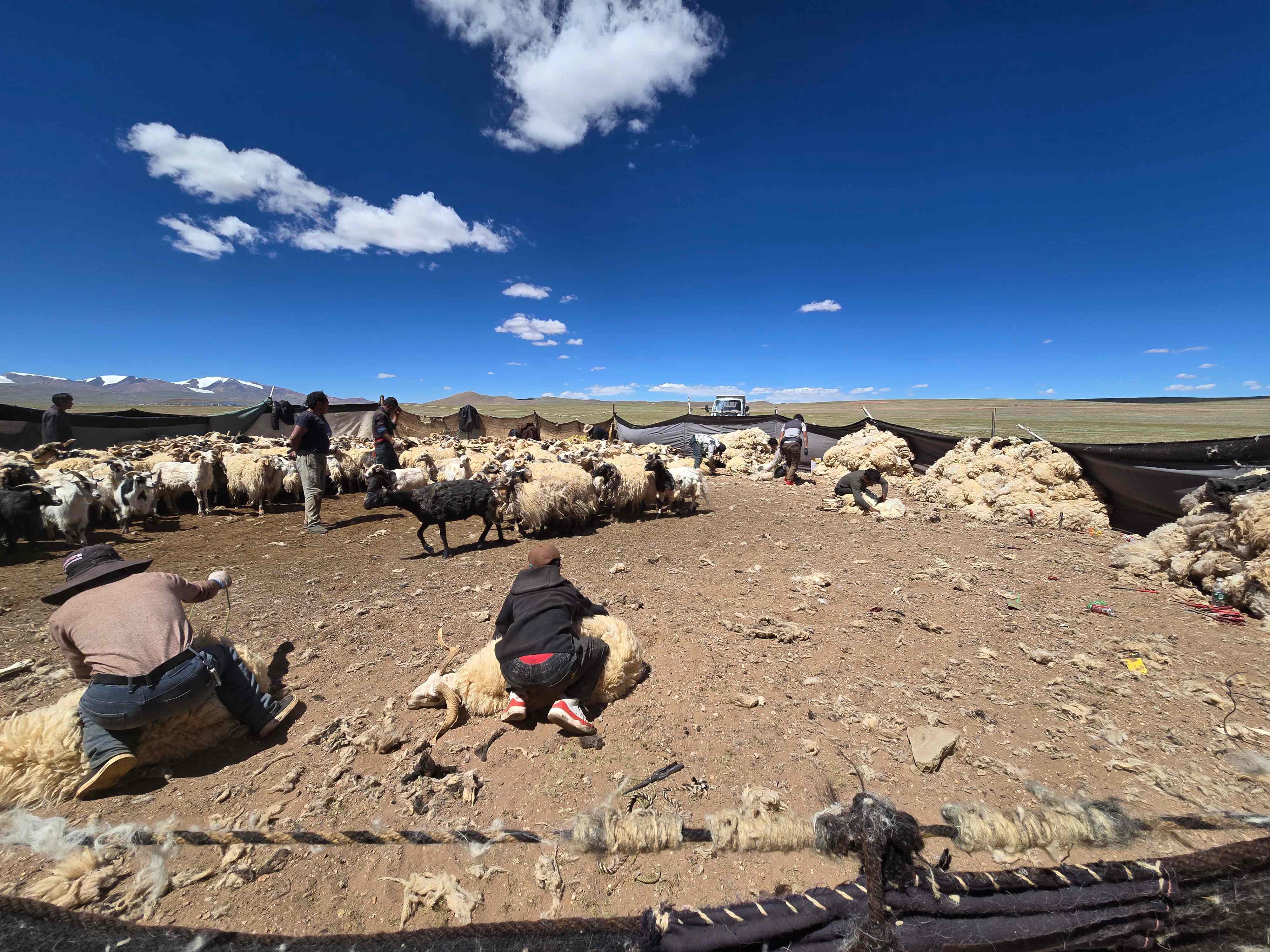塞拉利尼草甘膦致癌研究撤稿事件真相大白,背后黑手原来是孟山都
来源: GMWATCH 发布时间:2017-08-15 阅读:6810 次
食物主权按:
转基因伴侣草甘膦的致癌性已经被越来越多的科学研究所证实,早在2012年9月,法国科学家塞拉利尼团队就已经通过两年的实验报告揭露了这一事实。依靠转基因作物与配套草甘膦除草剂大发横财的孟山都公司,担心塞拉利尼的研究报告会“迫使政府部门和其他相关机构要求对转基因作物及其配套的农药进行其他长期研究”而损害自己的利益,因此不惜收买科学家诋毁塞拉利尼团队的研究,并通过收买《食品与化学毒理学》期刊主编迫使该论文撤稿。所以这篇论文在该杂志发表一年多后被撤稿,但随后发表在一家更中立的期刊《欧洲环境与科学》上。如今这一黑幕已伴随美国农民对孟山都产品农达致癌的起诉而被揭开,你还能相信与转基因作物配套的草甘膦除草剂安全吗?
翻译:蔡巍、王柏、罗其云 ;校对:马齿
近日,美国农民状告孟山都,认为其产品农达致癌。由此案件曝光的相关文件显示,孟山都曾不择手段导致一篇揭示农达除草剂不良影响的论文撤稿,而该杂志的主编当时已经受聘为孟山都的顾问。——克莱尔·罗宾逊报道
美国农民状告孟山都除草剂致癌的官司又曝光了一些孟山都的内部文件,这些文件显示,该公司曾采取一系列行动,使得一项揭示农达毒副作用的论文撤稿。文件还显示,在论文首次发表撤稿前不久,该杂志的主编就与孟山都签订了合同。
该项研究由塞拉利尼教授带队开展,其结果显示,用剂量很低的农达除草剂长期喂养大鼠,会产生如严重的肝肾损害等毒害作用。论文建议要开展更大规模的转基因致癌研究,以得到更多大鼠肿瘤机率增加的观察数据。
最新曝光的文件显示,在整个撤稿行动中,孟山都试图抹掉涉足其中的痕迹。然而,孟山都一位叫戴维·萨尔特·米拉斯(Dvaid Saltmiras)的科学家承认他们曾策划了一场“第三方专家”行动——这些专家表面上看和孟山都没有什么关系——他们写信轰炸《食品和化学毒理学》杂志主编A·华莱士·海耶斯(A. Wallace Hayes),要求撤稿。
动员“第三方专家”的这一经典公关策略,早已被烟草行业所惯用。因为行业试图为自己的产品辩护并不可信,所以需要通过所谓的“独立的科学家”之口来传播一些有利于该行业的信息。早在2012年,”转基因观察(GMWatch)”组织的创始人乔纳森·马修斯(Jonathan Matthews)就揭露了所谓的独立科学家与行业之间的暗中勾连,正是他们游说杂志社编辑导致了塞拉利尼文章的撤稿。现在我们掌握了孟山都直接插手的一手证据。
萨尔特·米拉斯在一份文件中回顾了他在孟山都公司内部取得的业绩。他自诩自己“成功地动员了众多第三方专家给主编写信(这些信件随即已公开发表),揭露塞拉利尼实验的问题,如存在大量显著的缺陷,研究设计不合理,发表有偏见和统计上有选择性等。此外,他还与孟山都其他两位雇员(丹尼尔·戈尔茨坦和布鲁斯·汉默德)一起合写了孟山都写给主编的信。”
萨尔特米拉斯进一步写道:“在2012年下半年所进行的塞拉利尼鼠癌撤稿行动和媒体宣传活动期间,我动用了与杂志主编的关系……而我是孟山都与杂志之间唯一的联系人。”
孟山都的另一位员工艾瑞克·萨克斯(Eric Sachs)在一封电子邮件中透露了他在动员科学家写信给主编中所作的努力。萨克斯动员的其中一位科学家是布鲁斯·蔡西(Bruce Chassy),他主管一个挺转学术评论的网站。萨克斯写道:“我和布鲁斯·蔡西谈过,他会直接向华莱士·海耶斯写信并通知其他已经发信的科学家也这样做。他了解事态的紧迫性……我强调,千万不要让大家知道,编辑撤稿的背后是孟山都施压。”
为了响应孟山都的要求,蔡西敦促海耶斯撤掉塞拉利尼的论文:“我想敦促你要重头开始,撤回文章,重启同行评审程序。”
蔡西是第一个在要求塞拉利尼撤稿的请愿书上签字的人,也是《福布斯》杂志发文指责塞拉利尼造假的作者之一。在这两个文件中,蔡西都没有声明与孟山都有任何关系。 但在2016年他被曝光了。在不到两年的时间里,他从孟山都得到超过5.7万美元用于差旅、发文和评论转基因。
尽管孟山都确实在力推文章的撤稿,但萨克斯却想方设法向公众掩盖孟山都的行径。萨克斯写信给孟山都的科学家威廉姆·海登司(William Heydens):“捍卫科学和正式干预撤回威胁我们产品安全性的论文是两码事。我们不应该为塞拉利尼、评论家和媒体提供指控孟山都利用其权力导致文章撤稿的口实。我们提供的信息就已经清楚地表明了塞拉利尼研究论文的缺陷,我们的证据充分,足以证明这篇文章不应该通过同行评审。”
孟山都的两名雇员丹尼尔·戈尔茨坦和艾瑞克·萨克斯之间的电子邮件也提供了孟山都试图掩盖其撤稿行动的证据。戈尔茨坦说:“我不太愿意让股东了解我们知道这封写给编辑的联名信... 这意味着我们与它有关系——否则我们怎么会知道它呢?或者你看看我这样说行不行,我们“注意到了多封发给主编的的信件,包括其中一封来自14个国家的25位科学家的联名信。”萨克斯回应道:“我们对此事‘有关注’,但我们并没有写这封信也没有鼓励任何人在上面签字”。
华莱士·海耶斯被孟山都收买
曝光文件所揭露最惊人的消息是,《食品与化学毒理学》的主编华莱士·海耶斯在其插手塞拉利尼论文撤稿事件的前不久,就与孟山都签订了顾问合同。显然,他作为孟山都的顾问与杂志编辑二者的角色之间显然存在利益冲突,因为被杂志撤稿的论文断定草甘膦具有毒副作用。论文是在2012年9月19日出版的,海耶斯与孟山都签订合同的日期为2012年8月21日,按照合同他从同年9月7日开始为孟山都提供咨询。
文件还显示,孟山都向海耶斯支付了400美元/小时的咨询费,让海耶斯负责 “协助建立南美洲毒理学家,流行病学家和其他科学家组成一个专家网络,并参加在南美洲举行的启动会议。2013年的启动会议主要交付成果就是决定要筹备并召开一个研讨会,以讨论草甘膦毒性在南美的问题。”
海耶斯既然已经和孟山都签了合同,就应该回避任何与塞拉利尼论文相关的活动。然而他却默默地继续参与其中。接下来,他继续负责该论文的“复审”,却没有让匿名评审人申报其利益冲突。结果,他以部分结论“不确定”(inconclusive)为由,撤回文章,这个做法对于该杂志来说是史无前例的。
海耶斯在接受《纽约时报》记者丹尼·哈基姆(Danny Hakim)的采访时透露,在论文撤稿时他并没有与孟山都签订合同,他只是在离开这家杂志后才收受孟山都的顾问费。 他还表示:“孟山都一点都没有干预撤稿的决定。”但由于论文的复审需历时几个月,而撤稿的决定则是在一年多之后才作出的,这些过程全程都是由海耶斯主管的。很显然,他在与孟山都签订合同后及复审期间,都没有申报利益冲突。他显然是在误导《纽约时报》。
合同签订的时机也让人怀疑孟山都是否已经知悉论文即将发表。如果孟山都已经知道的话,他们会很乐意在那个时候与海耶斯建立起这种关系。
孟山都一封内部电子邮件证实了该公司与海耶斯的密切关系。 萨尔特米拉斯在评论塞拉利尼刚出版的论文时,谈道:“《食品与化学毒理学》‘愿景与战略’部主编华莱士·海耶斯今天凌晨给我发了个问候邮件,希望我们两个人接下来能够反思,在论文通过同行评审这件事情上,《食品与化学毒理学》‘愿景与战略’部是否起了决定性的作用。”
丹尼尔·戈尔茨坦在写给孟山都同事的另一封电子邮件中,谈到有关塞拉利尼论文的事:“丹·詹金斯(Dan Jenkins)(美国政府事务部)和哈维·格利克(Harvey Glick)均以下述的理由,呼吁尽快撤稿:此次发表将会提升论文的地位,给杂志发表的其他文章制造难题,进而给塞拉利尼更多的自由空间。我们所有人都知道,最终决定取决于主编和杂志管理层,他们可能不同意撤稿,但我觉得还是应该尽力争取。”
孟山都得逞了,虽然这篇文章随后又在另一家原则立场更鲜明的杂志重新发表,几乎可以肯定,这家杂志的编辑委员会没有与孟山都签订任何协议。
孟山都不顾一切扼杀塞拉利尼研究之因
显然,不让塞拉利尼的研究面世有利于维护孟山都的利益,其直接的原因是论文揭露了低剂量的农达和耐受农达的转基因玉米会带来伤害性的后果。可是,曝光文件揭示撤稿背后更大的原因是,如果承认了该论文有丝毫正确性,就等于开启一扇大门,迫使政府部门和其他相关机构要求对转基因作物及其配套的农药进行其他长期研究。
戈尔茨坦指出,对于孟山都来说一个连带的危险是”一个第三方机构可以从政府或者反转/反农药机构获得经费支持,来进一步证实塞拉利尼的发现“。
文件显示孟山都曾召开了几次国际电话会议来商讨如何杜绝这些极具威胁性的事件发生。
丹尼尔·戈尔茨坦在总结电话会议的要点时谈道:“很不幸”,有人已经提出关于进行长期研究三点潜在建议,并建议对此加以深思,可能还需要发布一份(内部的或对外的)白皮书。这些潜在的需求包括:
1)进行持续两年的转基因作物对老鼠致癌(和可能造成的生殖毒性)的长期研究;
2)除了目前政府监管部门所规定的农药的活性成分的单独研究之外,还要加上对农药配方的两年慢性毒害研究;
3)进行有关农药配方在转基因作物留下药残的两年慢性毒害研究
针对第一点,戈尔茨坦写道:塞拉利尼的研究“在SD(斯普拉格-杜勒)大鼠身上的实验,实验组和对照组的差异属于正常的误差,就凭这点,就没有理由质疑近期EFSA(欧洲食品安全局)发布的指导意见,该意见认为没有必要对实质等同的作物进行类似的试验”。‘转基因观察’网站的读者不难发现,孟山都反对转基因安全性的长期研究,已赢得“欧洲食品安全局”的支持。
回应第二点的时候,戈尔茨坦再次强调,塞拉利尼的研究“事实上什么都没发现——所以没有必要从中得出任何结论——但是既然理论层面的议题已经摆上了台面,我们还是必须给出一个经过深思熟虑的回应意见。”
针对第三个论点,戈尔茨坦对基因工程的极端本质避而不谈,不从科学而只从实用的角度来回应,“如果接受这个建议的话,意味着对传统作物(非转基因作物)也要进行这样的实验,每一种农药配方需要(至少)针对每一个作物,或可能针对美一个品种的作物进行长期试验(因为我们知道传统作物的遗传变异比转基因还要复杂),这样就等于说要做近无止境的测试。”但他同时说,“不过我们还是需要就这个问题给出一致的观点。”
欧盟的监管机构支持孟山都
有些监管部门危害大众,支持孟山都而牺牲人民利益,他们不再认为对转基因作物做长期研究是必须的。事实上,欧盟正琢磨着连现在欧洲对转基因作物的规定,也就是短期90天的动物喂养实验也一并取消。他们有这样的考虑,在一定程度上参照的事欧盟资助的一项叫做“格雷斯动物喂养计划“(GRACE animal feeding project”的研究结果。这个计划因为一些科学家有商业利益牵扯而遭到质疑,另外,实验研究的是孟山都转基因玉米MON810对老鼠的毒害,因为有篡改结果的嫌疑而广受抨击。
孟山都必须道歉
虽然华莱士·海耶斯已经从《食品与化学毒理学》主编的位置上退下来,可是他的身份仍是“荣休编辑”。同样的情形,理查德·古特曼(Richard E. Goodman)这位孟山都的前雇员在塞拉利尼的研究发表之后不久曾空降成为杂志的编辑委员会成员,现在也不在杂志社任职了。
虽然他们已靠边站,或者离开了,但他们的所为仍留下长远的影响,塞拉利尼撤稿的事件还是该杂志的一个历史迷踪。
现在孟山都插手塞拉利尼撤稿的事件已公之于众。《食品与化学毒理学》杂志以及海耶斯应该承担责任,对塞拉利尼教授和他的团队发出正式的道歉。《食品与化学毒理学》已无法也无须再重新发表该论文,因为别的杂志已经登载了。但是该杂志必须与这可耻的行径划清界限,承认对撤稿事件的卑劣处理,以表达它对科学研究独立性和客观性的捍卫。
英文原文
Uncovered: Monsanto campaign to get Séralini study retracted
Documents released in US cancer litigation show Monsanto’s desperate attempts to suppress a study that showed adverse effects of Roundup herbicide – and that the editor of the journal that retracted the study had a contractual relationship with the company. Claire Robinson reports
Internal Monsanto documents released by attorneys leading US cancer litigation show that the company launched a concerted campaign to force the retraction of a study that revealed toxic effects of Roundup. The documents also show that the editor of the journal that first published the study entered into a contract with Monsanto in the period shortly before the retraction campaign began.
The study, led by Prof GE Séralini, showed that very low doses of Monsanto’s Roundup herbicide had toxic effects on rats over a long-term period, including serious liver and kidney damage. Additional observations of increased tumour rates in treated rats would need to be confirmed in a larger-scale carcinogenicity study.
The newly released documents show that throughout the retraction campaign, Monsanto tried to cover its tracks to hide its involvement. Instead Monsanto scientist David Saltmiras admitted to orchestrating a “third party expert” campaign in which scientists who were apparently independent of Monsanto would bombard the editor-in-chief of the journal Food and Chemical Toxicology (FCT), A. Wallace Hayes, with letters demanding that he retract the study.
Use of “third party experts” is a classic public relations tactic perfected by the tobacco industry. It consists of putting industry-friendly messages into the mouths of supposedly “independent” experts, since no one would believe industry attempts to defend its own products. Back in 2012, GMWatch founder Jonathan Matthews exposed the industry links of the supposedly independent scientists who lobbied the journal editor to retract the Séralini paper. Now we have first-hand proof of Monsanto’s direct involvement.
In one document, Saltmiras reviews his own achievements within the company, boasting that he “Successfully facilitated numerous third party expert letters to the editor which were subsequently published, reflecting the numerous significant deficiencies, poor study design, biased reporting and selective statistics employed by Séralini. In addition, coauthored the Monsanto letter to the editor with [Monsanto employees] Dan Goldstein and Bruce Hammond.”
Saltmiras further writes of how “Throughout the late 2012 Séralini rat cancer publication and media campaign, I leveraged my relationship [with] the Editor i[n] Chief of the publishing journal… and was the single point of contact between Monsanto and the Journal.”
Another Monsanto employee, Eric Sachs, writes in an email about his efforts to galvanize scientists in the letter-writing campaign. Sachs refers to Bruce Chassy, a scientist who runs the pro-GMO Academics Review website. Sachs writes: “I talked to Bruce Chassy and he will send his letter to Wally Hayes directly and notify other scientists that have sent letters to do the same. He understands the urgency… I remain adamant that Monsanto must not be put in the position of providing the critical analysis that leads the editors to retract the paper.”
In response to Monsanto’s request, Chassy urged Hayes to retract the Séralini paper: “My intent was to urge you to roll back the clock, retract the paper, and restart the review process.”
Chassy was also the first signatory of a petition demanding the retraction of the Séralini study and the co-author of a Forbes article accusing Séralini of fraud. In neither document does Chassy declare any link with Monsanto. But in 2016 he was exposed as having taken over $57,000 over less than two years from Monsanto to travel, write and speak about GMOs.
Sachs is keen to ensure that Monsanto is not publicly seen as attempting to get the paper retracted, even though that is precisely what it is doing. Sachs writes to Monsanto scientist William Heydens: “There is a difference between defending science and participating in a formal process to retract a publication that challenges the safety of our products. We should not provide ammunition for Séralini, GM critics and the media to charge that Monsanto used its might to get this paper retracted. The information that we provided clearly establishes the deficiencies in the study as reported and makes a strong case that the paper should not have passed peer review.”
Another example of Monsanto trying to cover up its involvement in the retraction campaign emerges from email correspondence between Monsanto employees Daniel Goldstein and Eric Sachs. Goldstein states: “I was uncomfortable even letting shareholders know we are aware of this LTE [GMW: probably “Letter to the Editor”]…. It implies we had something to do with it – otherwise how do we have knowledge of it? I could add ‘Aware of multiple letters to editor including one signed by 25 scientists from 14 countries’ if you both think this is OK.” Sachs responds: “We are ‘connected’ but did not write the letter or encourage anyone to sign it.”
A. Wallace Hayes was paid by Monsanto
The most shocking revelation of the disclosed documents is that the editor of Food and Chemical Toxicology, A. Wallace Hayes, entered into a consulting agreement with Monsanto in the period just before Hayes’s involvement in the retraction of the Séralini study. Clearly Hayes had a conflict of interest between his role as a consultant for Monsanto and his role as editor for a journal that retracted a study determining that glyphosate has toxic effects. The study was published on 19 September 2012; the consulting agreement between Hayes and Monsanto was dated 21 August 2012 and Hayes is contracted to provide his services beginning 7 September 2012.
The documents also reveal that Monsanto paid Hayes $400 per hour for his services and that in return Hayes was expected to “Assist in establishment of an expert network of toxicologists, epidemiologists, and other scientists in South America and participate on the initial meeting held within the region. Preparation and delivery of a seminar addressing relevant regional issues pertaining to glyphosate toxicology is a key deliverable for the inaugural meeting in 2013.”
Hayes should have recused himself from any involvement with the Séralini study from the time he signed this agreement. But he kept quiet. He went on to oversee a second “review” of the study by unnamed persons whose conflicts of interest, if any, were not declared – resulting in his decision to retract the study for the unprecedented reason that some of the results were “inconclusive”.
Hayes told the New York Times’s Danny Hakim in an interview that he had not been under contract with Monsanto at the time of the retraction and was paid only after he left the journal. He added that “Monsanto played no role whatsoever in the decision that was made to retract.” But since it took the journal over a year to retract the study after the months-long second review, which Hayes oversaw, it’s clear that he had an undisclosed conflict of interest from the time he entered into the contract with Monsanto and during the review process. He appears to be misleading the New York Times.
The timing of the contract also begs the question as to whether Monsanto knew the publication of the study was coming. If so, they may have been happy to initiate such a relationship with Hayes at just that time.
A Monsanto internal email confirms the company’s intimate relationship with Hayes. Saltmiras writes about the recently published Séralini study: “Wally Hayes, now FCT Editor in Chief for Vision and Strategy, sent me a courtesy email early this morning. Hopefully the two of us will have a follow up discussion soon to touch on whether FCT Vision and Strategy were front and center for this one passing through the peer review process.”
In other email correspondence between various Monsanto personnel, Daniel Goldstein writes the following with respect to the Séralini study: “Retraction – Both Dan Jenkins (US Government affairs) and Harvey Glick made a strong case for withdrawal of the paper if at all possible, both on the same basis – that publication will elevate the status of the paper, bring other papers in the journal into question, and allow Séralini much more freedom to operate. All of us are aware that the ultimate decision is up to the editor and the journal management, and that we may not have an opportunity for withdrawal in any event, but I felt it was worth reinforcing this request.”
Monsanto got its way, though the paper was subsequently republished by another journal with higher principles – and, presumably, with an editorial board that wasn’t under contract with Monsanto.
Why Monsanto had to kill the Séralini study
It’s obvious that it was in Monsanto’s interests to kill the Séralini study. The immediate reason was that it reported harmful effects from low doses of Roundup and a GM maize engineered to tolerate it. But the wider reason that emerges from the documents is that to admit that the study had any validity whatsoever would be to open the doors for regulators and others to demand other long-term studies on GM crops and their associated pesticides.
A related danger for Monsanto, pointed out by Goldstein, is that “a third party may procure funding to verify Séralini’s claims, either through a government agency or the anti-GMO/antl-pesticide financiers”.
The documents show that Monsanto held a number of international teleconferences to discuss how to pre-empt such hugely threatening developments.
Summing up the points from the teleconferences, Daniel Goldstein writes that “unfortunately”, three “potential issues regarding long term studies have now come up and will need some consideration and probably a white paper of some type (either internal or external)”. These are potential demands for
• 2 year rat/long-term cancer (and possibly reproductive toxicity) on GM crops
• 2 year/chronic studies on pesticide formulations, in addition to the studies on the active ingredient alone that are currently demanded by regulators, and
• 2 year rat/chronic studies of pesticide formulations on the GM crop.
In reply to the first point, Goldstein writes that the Séralini study “found nothing other than the usual variation in SD [Sprague-Dawley] rats, and as such there is no reason to question the recent EFSA guidance that such studies were not needed for substantially equivalent crops”. GMWatch readers will not be surprised to see Monsanto gaining support from EFSA in its opposition to carrying out long-term studies on GMOs.
In answer to the second point, Goldstein reiterates that the Séralini study “actually finds nothing – so there is no need to draw any conclusions from it – but the theoretical issue has been placed on the table. We need to be prepared with a well considered response.”
In answer to the third point, Goldstein ignores the radical nature of genetic engineering and argues pragmatically, if not scientifically, “This approach would suggest that the same issue arises for conventional crops and that every individual formulation would need a chronic study over every crop (at a minimum) and probably every variety of crop (since we know they have more genetic variation than GM vs conventional congener) and raises the possibility of an almost limitless number of tests.” But he adds, “We also need a coherent argument for this issue.”
EU regulators side with Monsanto
To the public’s detriment, some regulatory bodies have backed Monsanto rather than the public interest and have backed off the notion that long-term studies should be required for GM crops. In fact, the EU is considering doing away with even the short 90-day animal feeding studies currently required under European GMO legislation. This will be based in part on the results of the EU-funded GRACE animal feeding project, which has come under fire for the industry links of some of the scientists involved and for its alleged manipulation of findings of adverse effects on rats fed Monsanto’s GM MON810 maize.
Apology required
A. Wallace Hayes is no longer the editor-in-chief of FCT but is named as an “emeritus editor”. Likewise, Richard E. Goodman, a former Monsanto employee who was parachuted onto the journal’s editorial board shortly after the publication of the Séralini study, is no longer at the journal.
But although they are sidelined or gone, their legacy lives on in the form of a gap in the history of the journal where Séralini’s paper belongs.
Now that Monsanto’s involvement in the retraction of the Séralini paper is out in the open, FCT and Hayes should do the decent thing and issue a formal apology to Prof Séralini and his team. FCT cannot and should not reinstate the paper, because it is now published by another journal. But it needs to draw a line under this shameful episode, admit that it handled it badly, and declare its support for scientific independence and objectivity.
